Meade J finds Interface Circuit patent invalid - reminding parties not to be resistant during the pre-action stage
June 23, 2021
As many readers will already know, two new full-time Patents Judges have been appointed to the English Court in the last 9 months – Meade and Mellor JJ. Despite the challenges that the global pandemic has brought, the English Patents Court has coped remarkably well and there has been no let-up in the progress of cases to trial or in the determination of case management issues. It came as no surprise to those who worked with Meade and Mellor JJ prior to their elevation to the bench that both individuals have adjusted well to their new roles. Despite the busy workload of the Patents Court, trials and other hearings are going ahead in a very similar way to the pre-pandemic position and, despite their busy workloads, the Judges are handing down timely and well-reasoned decisions.
One such decision was handed down on 17 June 2021 by Meade J in ADD2 Research v dSPACE. The neutral citation for the case is [2021] EWHC 1630 (Pat) and a link to the judgment is found here.
ADD2 Research and Development initiated infringement proceedings against dSPACE in relation to its patent EP (UK) 1 163 622 B1 (the ‘Patent’). dSPACE not only denied the allegation of infringement but counterclaimed for invalidity. Meade J was also asked to assess the validity and infringement of the Patent in a proposed conditionally amended form which was opposed by dSPACE. Also worth noting is the fact that the Patent expired in March 2020 and so this was a claim directed to financial relief only.
The Patent was entitled “Interface Circuit” and concerned electronic interface circuitry for use in particular, but not exclusively, within simulation techniques. The invention was said to be the provision of a signal interface circuit comprising circuit portions operable to provide a digital interface, and circuit portions operable to provide an analogue interface, the circuit further comprising control means operable selectively to enable or disable the said circuit portions, whereby to reconfigure the interface. The claims in issue were product claims, not method claims – which was particularly relevant for Meade J’s ruling on infringement.
The central issues in the case were obviousness and infringement although Meade J noted that many other issues were also in play and commented that these other issues “should have been cut back by the parties and undue resources were given to them”.
This short commentary will not attempt to summarise all the technical issues in the case or the findings of the Court. The bottom line is that the Patent was held to be obvious over a prior art citation referred to as “Woermann”. Rather, we will focus on some general points of wider interest to the community.
Point 1 – Mindset
One interesting aspect of the law in the UK concerning the common general knowledge is the so-called “mindset” of the skilled person or team. The relevant law stems essentially from the celebrated observations of HHJ Fysh QC in Dyson v Hoover ([2001] RPC 26) that the vacuum cleaner designing community was “functionally deaf and blind to any technology which did not involve a replacement bag”. It is often argued by a patentee that the relevant community involved in a given technical field had a prejudice against a particular developmental route and that the patentee made a technical advance by thinking outside of the box in this respect. Meade J took the opportunity in his judgment to remind readers that this is a high hurdle and that the test is usually that should be shown to be a prevalence in the community that something must or should not be done.
Point 2 – Do the claims correspond to the preferred embodiment?
An interesting construction argument was made by dSpace namely that when there is only one preferred embodiment in the specification of the patent, it was more likely than if there had been multiple embodiments that the patentee had chosen claim terms to correspond to the preferred embodiment rather than to have a more general meaning. Meade J did not accept this, finding that even when there was only one preferred embodiment, the patentee is likely to have had a generalised concept in mind.
Point 3 – Uncertainty Insufficiency
For many years English patent law has recognised a ground of insufficiency that the skilled person cannot determine the scope of the claim. This was originally called “ambiguity insufficiency” but was recently rebadged as “uncertainty insufficiency” by the Court of Appeal in Anan Kasei v Neo [2019] EWCA Civ 1646. In rebadging the concept, the Court of Appeal confirmed that a fuzzy boundary was not enough to succeed on this ground but nor would such an allegation fail if there was something within the claim was clear. Here Meade J found that this was not a situation where the patentee had “used nonsense language or set the boundary of the claim in terms of a comparison with something that cannot be identified.” This suggests that the Judge considers that the hurdle for the challenger to overcome in order to prove uncertainty insufficiency is a high one.
Point 4 – Compliance with the Pre-Action Protocol
Uniquely, as far as the authors are concerned, the Judge was asked to determine as part of the trial whether the parties had complied with the Pre-Action Protocol. In particular, Meade J was asked to make findings concerning a meeting between the parties which took place in August 2019. As many readers will know, there is no specific requirement in patent cases to adhere to the Pre-Action Protocol, (save for proceedings in the Intellectual Property and Enterprise Court) and the authors note that it is relatively uncommon for parties to explicitly confirm that they have done so. Nevertheless, the Courts do expect the parties to behave reasonably before proceedings are commenced. Having considered the evidence, the Judge found that the Defendants had adopted a strategy of not giving information about their products and that this was not consistent with the Pre-Action Protocol. However, the Judge ultimately made clear that his findings were not to be taken as general findings about specifically what Defendants have to do in pre-action stages in patent cases.
Point 5 – Overseas Witnesses
Meade J noted in his judgment that evidence had been given by a number of dSpace’s witnesses from Germany. The arrangements for the giving of such evidence were in the Judge’s opinion left “much too late”. Practitioners should need no further reminder that when witnesses are giving evidence from outside the UK, the local rules must be checked well in advance as to whether it is necessary to engage with the relevant overseas courts. A recent practice direction on this issue was issued by the Chancellor to the High Court: https://www.judiciary.uk/wp-content/uploads/2021/05/Practice-note-from-CHC.pdf
It is not known at present whether the parties will appeal or how much of an impact the non-compliance with the Pre-Action Protocol will impact on the costs assessment. What is clear however is that the English Patents Court is continuing to flourish under the stewardship of its new full-time Judges ably supported by other Judges who are empowered to hear patent cases.
You may also like



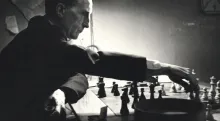



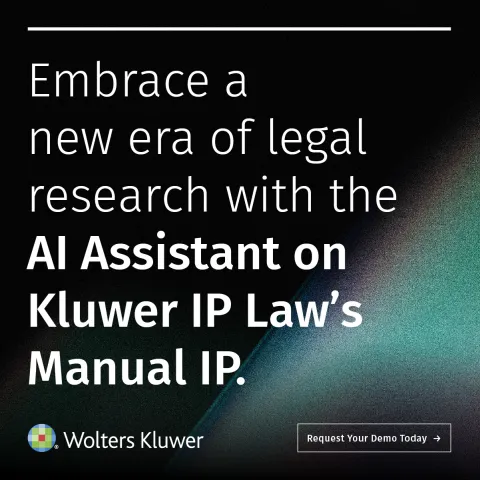
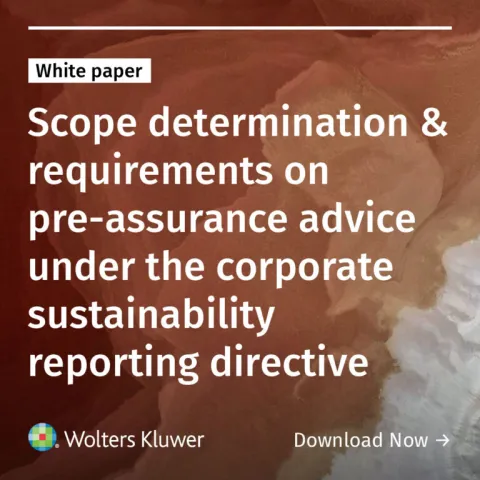

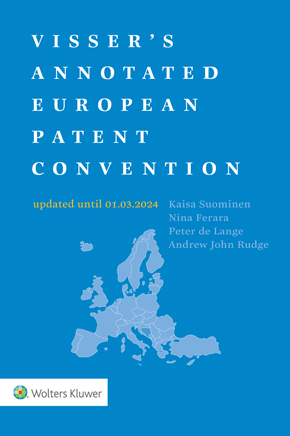
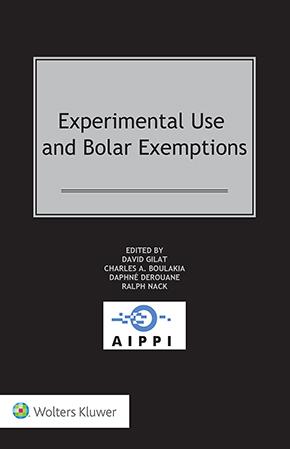

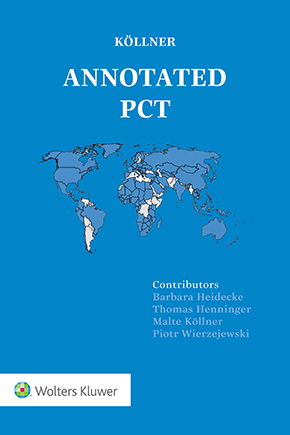

Attentive Observer
We used to have a "Biogen insufficiency" and now we have an “uncertainty insufficiency”. I very much like the concept of “uncertainty insufficiency”. The problem exists also at the EPO. Depending on the BA in which the file ends, the lack of a measuring method for an essential parameter is a mere question of clarity, and hence cannot be discussed in opposition in view of G 3/14, Other BA consider it as a question of sufficiency, which appears more correct to me. If information on the measuring method which should have been given originally has to be added after filing, then it it is a problem of sufficiency which cannot be overcome without infringing Art 123(2). In any case it is not good for the parties as it introduces a lottery effect. G 3/14 should be revised, but please not be given a "dynamic" interpretation. Can I take it that a witness linked by videoconference has to be heard on the premises of a foreign court? This is much better as what is foreseen as the EPO as there is no guarantee that the witness is not listening as public or sitting next to public. Is it possible to equate the Pre-Action Protocol is comparable to the interim procedure foreseen before the UPC?
Max Drei
Attentive,I welcome your comment. but am not yet understanding why G3/14 needs revision. Just as the boundary between "technical" and "not technical" continues to evolve Darwinistically,to the benefit of all, so too (as far as I can see) does the boundary between Art 83 and 84, EPC. The richer and denser the TBA case law becomes, the more "data points" on the field, the more assured and confident will be the decision-making on the question whether Art 83 is applicable because there really is "uncertainty insufficiency" or whether Art 84 applies because there is merely a degree of "fuzziness" at the periphery of the territory covered by the claim. A degree of disputation between the different TBA's is healthy. but ought to lead to consensus.If not,if there is stalemate, the President and the EBA have to bang heads together, dalli-dalli.